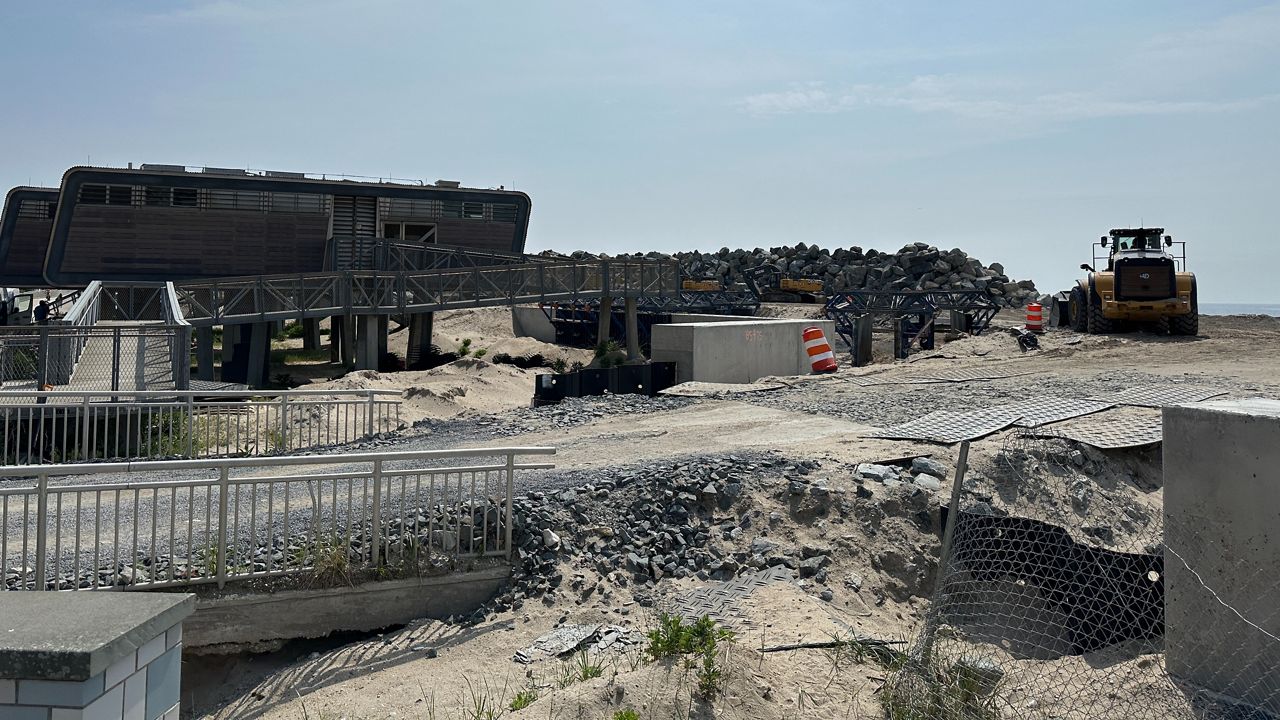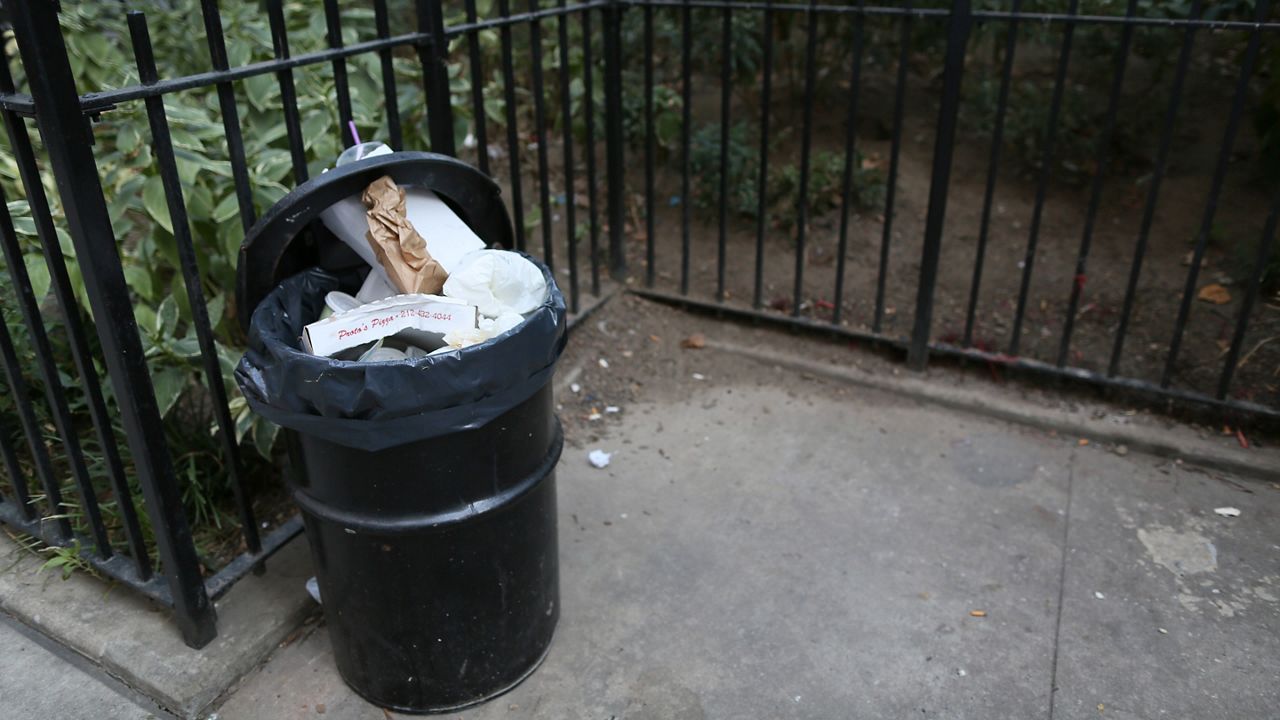The ribbon-cutting ceremony for One Bryant Park in 2010 was headlined by former Vice President Al Gore, who called it “the greenest, investment-grade, skyscraper in the United States of America.”
Then-Mayor Michael Bloomberg used similar words: “The world’s most environmentally advanced skyscraper right in the middle of New York’s central business district.”
With Bank of America as the anchor tenant, the structure was seen as a model of climate-friendly construction, scoring the top award from the U.S. Green Building Council.
“When we built it, it was the most advanced environmental building in the world,” Douglas Durst said, chairman of The Durst Organization, which owns the building.
With enough space to accommodate 8,000 people, the skyscraper features a co-generation power plant that efficiently recaptures waste heat and turns it into energy for heating and cooling.
“They are removing heat from the water and they are making the water cold,” Philip Skalaski, senior vice president of engineering and energy services at The Durst Organization, said.
But this energy system that was cutting edge at the beginning of last decade is now dated, given its reliance on natural gas, a fossil fuel. Once Local Law 97 is implemented and drastic reductions in carbon emissions are enforced, the building might face $3 million a year in fines unless it moves toward electrification.
“In my opinion, it is unfair,” Durst said.
Douglas Durst leads the organization founded more than a century ago by his grandfather, managing over 13 million square feet of office space in New York.
“My message to the city is that they have to make the law reasonable for people who have spent years creating more efficient buildings,” he added.
But Pete Sikora, director of climate campaigns at New York Communities for Change, is not sympathetic to Durst’s arguments.
“His buildings are very high polluting. He’s a billionaire, and he’s on the hook for penalties if he doesn’t clean up his dirty buildings,” Sikora said.
One Bryant Park is not alone — other recently built skyscrapers will be forced to update their systems in order to reduce carbon emissions.
The Adams’ administration is currently drafting the rules that will determine enforcement of the law.
“Eric Adams has a big choice in front of him. He can side with working people in New York to create jobs and cut pollution or he can listen to the real estate lobbyists,” Sikora said.
Sikora wants the city to limit the amount of renewable credits buildings can buy to offset their emissions, an option included in the law. He thinks that would deter the real estate industry from making energy-efficiency updates.
The Durst Organization recently hired the services of Frank Carone, who until last year served as Adams’ chief of staff.
When asked whether he was being pressured by real estate owners to water down the law, Rohit Aggarwala, the city’s commissioner of the Department of Environmental Protection, responded: “We have been clear from the beginning, that the Adams administration is committed to implementing this law and most importantly committed to achieving the climate mobilization that it was the law’s aim. I think a number of people have focused too much on fines as the only way we actually get the carbon reduced, and I don’t agree with that.”
As buildings move away from fossil fuels, demand for electricity is set to increase, putting more pressure on the city’s grid, heavily reliant on oil and natural gas until wind and solar projects come online in the next two decades.
Meanwhile, Queens Councilwoman Vickie Paladino has introduced legislation to delay implementation of the law by seven years.
So far, her bill has been sponsored by only seven of her colleagues.







_CGPKG_Qns_Kissena_Park_Flooding_Town_Hall_CG)

